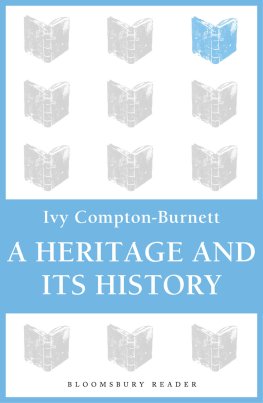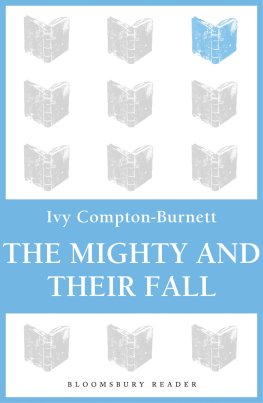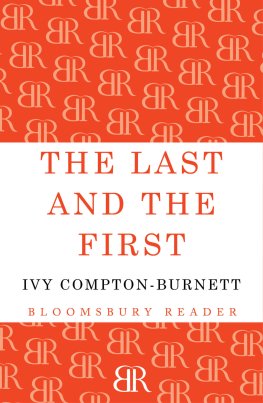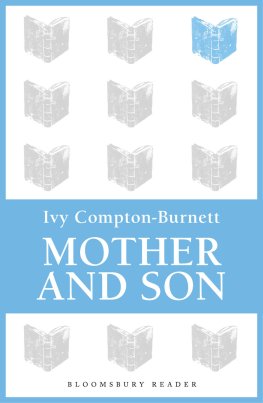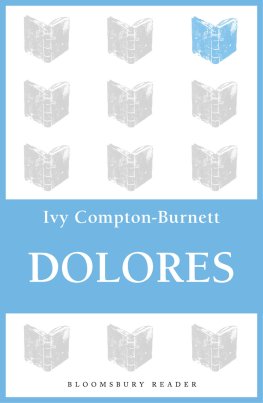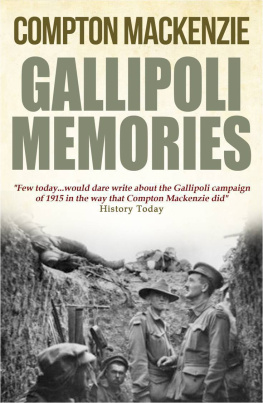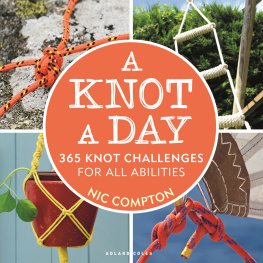I n
S a cred
Loneliness
The documents
Edited by
Todd M. Compton
Signature Books | 2022 | Salt Lake City
2022 Signature Books Publishing, LLC.
All rights reserved. www.signaturebooks.com.
Signature Books is a registered trademark of
Signature Books Publishing, LLC.
The opinions expressed in this book are not
necessarily those of the publisher.
Cover design by Jason Francis
First edition | 2022
library of congress control Number: 2022012369
Hardback ISBN: 978-1-56085-448-7
Ebook ISBN: 978-1-56085419-7
Introduction
Several years ago, my friend Joe Geisner asked me to write an essay on how I researched and wrote In Sacred Loneliness: The Plural Wives of Joseph Smith (1997) , to be published in a book Joe was editing. While I was doing research for that essay, I went back into my computer files to look for letters I had written during that period of my life. In my In Sacred Loneliness folders, I found many documents written by my subjects, the plural wives of Mormon Church founder Joseph Smith (180544), that I had transcribed fully. As I collected these (from my chaotic computer organization of folders within folders) for safekeeping, I realized that they would make a worthwhile book. Some of these documents had been published, such as the diaries of Patty Sessions and much of the writings of Eliza R. Snow, but many remained unpublishedespecially letters. Delightful, quirky autobiographies by Mary Elizabeth Rollins Lightner and Desdemona Fullmer had not yet seen the light of publication in their full form. Some documents, such as letters by Louisa Beaman Young and autobiographies and diaries by Eliza Partridge Lyman and Emily Partridge Young, were profoundly moving records. Aside from diaries, letters, and memoirs, I found some odd genres: legal testimony (Melissa Lott Willes), interviews (Zina Huntington Young, Marinda Hyde), a prayer and a blessing (Presendia Huntington Kimball), Relief Society minutes (Sarah Kingsley Cleveland), and affidavits (Almera Johnson Barton). As I knew Signature Books was interested in documentary history, I suggested a volume of these records and Gary Bergera liked the idea.
I planned on annotating these documents and supplying a small introduction for each chapter. I wanted to identify every person mentioned in the texts, so I found that I needed appendices of important persons in Mormon history. I ended up with an appendix for Josephs wives, one for Brigham Youngs wives, one for Heber C. Kimballs wives, and one for prominent persons mentioned more than once. While I at first relied on classic works like Jeffery Ogden Johnsons Determining and Defining Wife: the Brigham Young Households (1987) and the appendix in Stanley Kimballs Heber C. Kimball: Mormon Patriarch and Pioneer (1981) for the Young and Kimball wives, I found that much research had been done since those works had been written, so I did considerable updating in those appendices. It is surprising that there are no authoritative, scholarly books on the families of Brigham Young and Heber C. Kimball, but hopefully this lacuna will be filled at some point.
I should mention that many online sources provide magnificent databases that help identify people in Mormon documents. The Joseph Smith Papers and First Fifty Years both have extensive People sections. The People of the Joseph Smith Papers are wonderfully documented, though not really narratives. Also helpful are Find a Grave , ancestry.com, the Nauvoo Community Project , and the Mormon Pioneer Overland Travel website. In the early days of the internet, websites often had unreliable, secondhand information. However, the websites just mentioned often point to important primary sources.
In addition, many of the primary sources are available in digital form in archives. The LDS Church History Library and Archives has been exemplary in putting many documents online. Much of the Joseph Smith Papers Project has appeared in book form, but the texts are also available online. The scholarly quality of the Joseph Smith Papers is superb. When I researched and wrote In Sacred Loneliness (roughly 199296), I visited different archives and transcribed documents so that I could refer to them when I wrote the book at home in Santa Monica, California. Some libraries allowed patrons to photocopy documents, but many archives did not. So the bountiful number of documents that are currently online, especially at the LDS Church History Library website, has made the job of checking texts for this volume much easier.
Some of the thirty-three women in In Sacred Loneliness left only a few documents, and so I have been able to gather and publish everything they have written. Some women wrote nothing at all, or the documents they have written have been lost. But happily some left many documents. Eliza R. Snow left diaries, poems, memoirs, and letters. In many cases I have had to choose which documents to include, as I could not include them all. In such cases, I have favored documents not printed elsewhere. I obviously lean toward documents that are especially moving, striking, or memorable. When possible, I have tried to include different types of documents from a single woman, and include documents from different eras of her life. Sometimes I included texts that are important historical records, such as Patty Sessionss record of women in Winter Quarters, Nebraska, or Eliza Snows account of early Salt Lake City. In addition, I chose some documents because they are important records of Joseph Smiths polygamy in Nauvoo, Illinois, such as Helen Mars memoir for her children or the Mary Elizabeth Lightner autobiography. However, this book is not all focused on Nauvoo; it covers other times in the life history of each of these women, from childhood, to middle age, to old age.
So this book includes diaries, letters, memoirs, interviews, and legal testimony. All of these types of document have strengths and weaknesses.
First, contemporary sources are wonderful. If you discover a diary written by your biographical subject, that is a cause for celebration. Obviously, when the diarist writes on the day in which an event takes place, his or her memory is fresh. This kind of record is especially good for preserving dates on which events occurred. In a diary, many days entries are not dramaticbut they give the texture of a life. And when a diary describes a dramatic event, the entry is a good foundational record for it.
In addition, contemporary evidence is often a good check on modern history reflecting institutional realities that have evolved over the years. For example, the Church of Jesus Christ of Latter-day Saints (in this book, often called the LDS Church) has attained a widely accepted and familiar structure, and sometimes church members simply assume that this modern structural, doctrinal, and ritual synthesis was always in place. However, scholars such as Gregory Prince and D. Michael Quinn, by going back to contemporary documents, have shown that the modern ecclesiastical synthesis developed from beginnings that were often somewhat different. Contemporary documents record the data before institutional, doctrinal changes.
When I wrote my biography of Jacob Hamblin, one of my focuses was to find early evidence, diaries, letters, and newspaper stories to supplement a widely known ghost-written and published autobiography by James Little (and Jacob Hamblin). Retrospective documents are notoriously bad on dates, often getting years wrong, and the Little/Hamblin autobiography has some serious chronological mistakes that historians have corrected with more contemporary evidence.
However, diaries have some limitations. First, they lack historical perspective. The writer may not have a full sense of what is significant in her or his life at the time the diary is written. (In the case of Nauvoo polygamy, women were reluctant to describe their secret marriages to Joseph Smith in their diaries, as was the case with Eliza R. Snow.) It is often a private record, so it may not explain enigmatic words or give full names for people mentioned.


